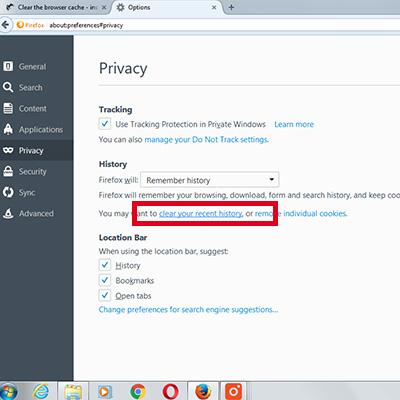
It immediately reads all the cache files from the browser and displays the list of all files currently stored in the cache as follows: Follow the next steps to access the cache files on the Google Chrome browser:ġ] Download the zipped file from the official link.ģ] Open the. How to download and use ChromeCacheViewĬhromeCacheView, the free cache viewer for Chrome doesn’t require any installation. It’s a simple utility that lets you read the cache files on Chrome. NirSoft has developed a free cache viewer for Chrome and has named it ChromeCacheView. Let us look at how to download this utility and use it to read cache files.

The developer has developed different cache viewer apps for different browsers such as Chrome, Edge, and Mozilla Firefox. If you are looking for a cache viewer tool for viewing cache files on Google Chrome, Mozilla Firefox, and Microsoft Edge, then there are two useful utilities, namely ChromeCacheView and MZCacheView. Wondering if maybe the login is timing out or something, but I didn't see any options to change a timeout in the policies.Access to cache files may be needed at times for missing files. Not sure why this occurs, but we cannot determine which Virtual desktop they are connecting to, in order to look at the logs. This cache needs to be excluded due to it causing login issues for some people when connecting to their virtual desktop, it just drops the desktop viewer window, and usually clearing out this cache from their profile allows them to login. Unless I'm using the wildcard feature wrong, it appears this is not an option.


If I use the exact folder name of a test account, then it will exclude it just fine, but this does not work for all users, since the folder name is random for every user. I have tried using the wildcards for UPM, but it doesn't seem to work. Trying to exclude Firefox browser cache from being sync'd with UPM, but since Firefox creates a random folder name for the path to the cacheĮxample: UPM_Profile\AppData\Local\Mozilla\Firefox\Profiles\fault\Cache


 0 kommentar(er)
0 kommentar(er)
